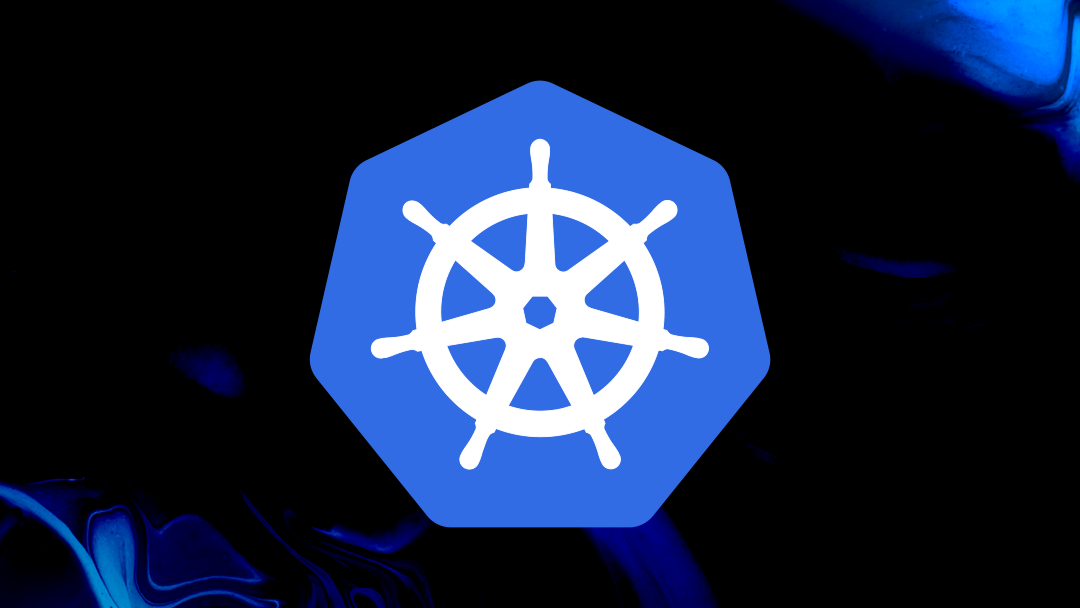In the world of software development, the path from writing code to having it run flawlessly is rarely straight. Debugging and optimization are critical phases of the development cycle, yet they are often regarded with a mixture of fear, frustration, and fascination. While debugging involves identifying and fixing bugs (errors in the code that prevent the program from functioning correctly), optimization focuses on improving the performance and efficiency of the software. Both processes require a combination of technical skill, analytical thinking, and sometimes a bit of detective work.
But behind the seemingly mundane tasks of fixing errors or speeding up code, there is a deeper, almost scientific approach to these activities. Debugging and optimization are not just about finding and resolving issues or enhancing performance—these processes are about understanding the system on a deeper level, discovering the underlying patterns, and applying a structured approach to solve complex problems.
This article delves into the hidden science of debugging and optimization, exploring methodologies, tools, and strategies to approach these processes effectively. We will look at why debugging and optimization are so challenging, what best practices should be employed, and how developers can improve their efficiency in solving issues and improving performance.
The Challenges of Debugging and Optimization
Both debugging and optimization often come with their own set of unique challenges. Debugging is typically about finding something that shouldn’t be there: an error or bug in the code. Optimization, on the other hand, is about improving something that is already working but could be made faster, more efficient, or more reliable.
One of the biggest challenges in debugging is the sheer variety of bugs that can occur. Bugs can manifest as crashes, memory leaks, or logical errors—sometimes subtle and sometimes catastrophic. They may occur intermittently, only under certain conditions, or when interacting with specific external factors like hardware, networks, or databases. Debugging, in many ways, is akin to detective work, where the developer has to hypothesize and test different scenarios to narrow down the cause of the issue. Tools like debuggers, profilers, and logging frameworks become indispensable in this process, but they’re only part of the equation. The developer’s mindset and approach to problem-solving are equally crucial.
Optimization, on the other hand, is inherently more subjective. While the goal is to improve performance, there’s no one-size-fits-all solution. What constitutes “good enough” performance can vary greatly depending on the project, the system requirements, and the target user base. Optimization often involves making trade-offs between speed, memory usage, and other system constraints. Moreover, premature optimization can sometimes lead to wasted effort, as developers may focus on minor inefficiencies that have little impact on the program’s overall performance. The challenge is knowing when and where to optimize, how to measure improvements, and how to achieve the best balance between efficiency and maintainability.
Understanding the Debugging Process
The debugging process is often regarded as one of the most frustrating aspects of software development, yet it is also one of the most rewarding. Effective debugging requires a systematic approach, analytical thinking, and the ability to remain patient under pressure. A single mistake in a line of code can lead to a cascade of issues, making the debugging process feel like finding a needle in a haystack.
The Importance of Reproducing the Problem
One of the first steps in debugging is ensuring that the problem can be reliably reproduced. This might seem simple, but it’s often more difficult than it appears. Some bugs only occur under specific conditions—like when the system is under heavy load, when running a specific configuration, or when interacting with a particular external system. Without being able to consistently reproduce the bug, identifying the cause becomes nearly impossible.
To reproduce a problem, it’s essential to create a controlled environment where the issue can be observed and analyzed. This might involve using unit tests, automated scripts, or mock services to simulate different conditions. Reproducing the error consistently allows the developer to gather more information about the issue, observe its behavior, and test potential fixes.
Isolating the Fault
Once the problem can be reproduced, the next step is isolating the faulty code. This is where debugging tools come into play. A debugger allows developers to step through code, inspect variables, and observe the state of the program at various points in time. By pausing execution at strategic locations (breakpoints), developers can observe how data changes as it flows through the system.
However, relying solely on the debugger can be counterproductive if the bug is intermittent or hard to isolate. In such cases, logging becomes an invaluable tool. By inserting debug statements into the code, developers can track the flow of execution and identify where things are going wrong. Effective logging, with clear and meaningful messages, can save hours of frustration.
One powerful technique in debugging is narrowing down the scope of the issue. If a bug occurs in a large block of code, breaking the code down into smaller, testable units can help pinpoint the exact location of the problem. This might involve commenting out sections of code, running smaller isolated tests, or using test-driven development (TDD) practices to build small units of code with clear expected behaviors.
Understanding the Root Cause
The most elusive part of debugging is finding the root cause of the issue. Often, bugs are symptoms of deeper problems in the system’s architecture, logic, or state management. Developers must ask themselves why the error occurs, not just what caused the immediate failure. For example, a crash might happen due to a null pointer exception, but the root cause could be a failure in handling user input, a race condition, or a memory management error.
Understanding the root cause often requires taking a step back and reconsidering the system as a whole. A bug might not be an isolated incident but a symptom of a larger design flaw. In such cases, the solution may involve refactoring the code, redesigning the architecture, or implementing more robust error handling and validation mechanisms.
Optimization: Making Software Faster and More Efficient
Optimization is the art of improving the performance of software without changing its functionality. It’s a process that requires balancing trade-offs, considering system constraints, and making data-driven decisions based on empirical measurements. While debugging is about fixing what’s broken, optimization is about making good code better.
Identifying Bottlenecks
Before diving into optimization, the first step is identifying the bottlenecks in the system. Bottlenecks are parts of the code that slow down the overall performance. These might involve CPU-intensive operations, excessive memory usage, inefficient algorithms, or external factors like network latency or database queries.
Profiling tools are essential for this task. Profilers analyze the runtime behavior of an application, measuring which functions or operations consume the most resources. Tools like gprof (for C/C++), VisualVM (for Java), or Chrome DevTools (for web applications) can provide detailed insights into CPU usage, memory allocation, and function call frequency. This data helps developers focus their efforts on the parts of the code that will yield the most significant improvements.
Algorithmic Optimization
One of the most powerful ways to optimize software is by improving its algorithms. Often, the biggest gains in performance come from using more efficient algorithms. For example, replacing a brute-force search algorithm with a binary search can result in exponential improvements in time complexity. Similarly, using more efficient data structures, such as hash tables or balanced trees, can reduce the time complexity of various operations.
Algorithmic optimization requires a deep understanding of both the problem domain and computational theory. When optimizing, developers must consider the trade-offs between time complexity (how fast an algorithm runs) and space complexity (how much memory it consumes). While an algorithm may be faster, it may also require more memory, leading to diminishing returns on performance. It’s essential to strike a balance based on the system’s constraints and expected usage patterns.
Memory Optimization
Memory management is another crucial area of optimization. Inefficient memory use can lead to memory leaks, where unused memory is not released, or memory bloat, where excessive memory is allocated. Both can cause performance degradation, and in severe cases, lead to system crashes.
Profiling tools can also assist with memory optimization. By tracking memory usage, developers can identify areas of code that are using excessive amounts of memory or failing to release memory when it’s no longer needed. This might involve refactoring code to reduce memory allocations, reusing objects when possible, or using more memory-efficient data structures.
In languages like C and C++, where manual memory management is required, developers must be diligent about properly freeing memory and handling pointers. In higher-level languages like Java or Python, memory management is handled by garbage collection, but inefficiencies can still arise if objects are retained longer than necessary or if references are not properly dereferenced.
I/O Optimization
I/O operations, such as reading from and writing to files or databases, can be a significant source of performance bottlenecks. Disk access is relatively slow compared to in-memory operations, and network latency can further exacerbate delays. Optimizing I/O requires understanding both the application’s data access patterns and the underlying storage or network infrastructure.
One common approach to I/O optimization is caching. By storing frequently accessed data in memory, systems can avoid expensive disk or network calls, improving performance. However, caching comes with trade-offs—cache invalidation and consistency issues must be carefully managed to avoid introducing new problems.
Batching I/O operations, reducing the frequency of database queries, and optimizing the use of database indexes are other techniques that can improve I/O performance. Additionally, developers must be mindful of thread management when performing asynchronous I/O operations to ensure that resources are efficiently used without causing contention or blocking critical processes.
Parallelism and Concurrency
Many modern systems benefit from parallelism and concurrency, where multiple tasks are executed simultaneously to speed up execution. This can be done at various levels, such as parallelizing computations across multiple CPU cores or handling multiple requests concurrently in a web server.
Parallelism requires breaking down a problem into smaller, independent tasks that can be executed in parallel. However, not all problems can be easily parallelized. Some operations depend on others, creating dependencies that must be carefully managed to avoid race conditions, deadlocks, and other concurrency-related issues. Developers must use synchronization techniques, like locks or semaphores, to control access to shared resources in a multithreaded environment.
Concurrency, on the other hand, focuses on dealing with multiple tasks that are logically independent but may not necessarily be executed simultaneously. Event-driven programming, such as using async/await patterns or reactive programming frameworks, can help manage concurrency efficiently.
The Balancing Act: Debugging vs. Optimization
While debugging and optimization are both essential, developers must be mindful of the balance between the two. Debugging fixes immediate issues that prevent the software from working, whereas optimization improves its performance. However, premature optimization can lead to wasted effort, as developers might focus on optimizing sections of code that have minimal impact on the overall performance.
The key is knowing when to optimize and when to focus on debugging. A common best practice is to first ensure that the code is functional—bugs should be fixed before optimization efforts begin. Once the system is stable, profiling and performance testing can help identify the areas that benefit most from optimization.
Moreover, debugging and optimization are ongoing processes. As software evolves and new features are added, old bugs may resurface, and new performance bottlenecks may emerge. A continuous approach to debugging and optimization, backed by rigorous testing and monitoring, ensures that software remains both functional and efficient as it grows.
Conclusion
The science of debugging and optimization is as much about mindset as it is about tools and techniques. Debugging requires a methodical approach to identifying and resolving issues, often through careful observation, testing, and analysis. Optimization, meanwhile, is about refining existing solutions, making them faster, more efficient, and more scalable.
Together, debugging and optimization form the backbone of quality software development. They ensure that programs not only work correctly but also perform at their best. As software continues to grow in complexity and scale, the ability to effectively debug and optimize code will remain a crucial skill for developers, empowering them to create reliable, efficient, and high-performing systems.
By adopting a scientific approach to debugging and optimization—through careful analysis, precise measurements, and data-driven decisions—developers can tackle even the most challenging problems. Ultimately, debugging and optimization are not just about making code work; they are about understanding the inner workings of software, finding the most efficient solutions, and building systems that are both reliable and performant.






